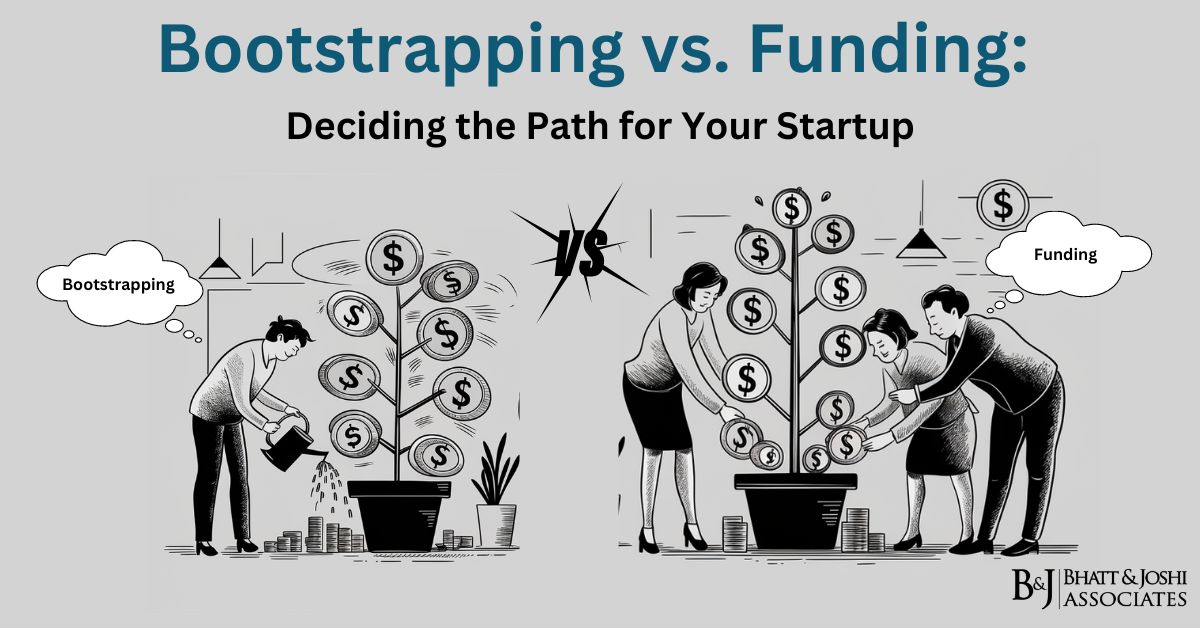Introduction
In today’s entrepreneurial landscape, securing funding has emerged as a prevailing trend, with entrepreneurs often rushing to pitch their ideas to venture capitalists (VCs) or investors. However, is this approach suitable for every startup? Is it a prudent use of investors’ funds? This article aims to explore the nuances of bootstrapping vs. funding, delving into when and why each option may be preferable.
Understanding Bootstrapping and Funding:
Bootstrapping entails using personal savings or borrowed funds to kickstart your business, thereby retaining 100% ownership. On the other hand, funding involves bringing external shareholders on board, offering equity in exchange for capital infusion. The decision between bootstrapping and funding hinges on various factors, including the nature of the business, financial requirements, and growth objectives.
Advantages of Bootstrapping:
One of the primary advantages of bootstrapping is the autonomy it affords entrepreneurs. By relying on personal resources, founders retain full control over decision-making processes and operational strategies. This flexibility allows for agile problem-solving and strategic maneuvering without external pressures or oversight. Moreover, bootstrapping eliminates the need for regular reporting to investors, allowing founders to focus entirely on business development and growth initiatives. This approach is particularly beneficial during the early stages of a startup when agility and adaptability are paramount.
Benefits of Funding:
Securing funding from external sources, such as VCs or angel investors, brings significant advantages, including access to capital, expertise, and networks. Investors often provide invaluable guidance and mentorship, drawing from their industry experience and connections to steer startups in the right direction. Furthermore, funding can alleviate financial constraints, especially in scenarios requiring substantial capital investment, such as inventory management or working capital maintenance. Unlike traditional loans, funding does not saddle startups with immediate repayment obligations, offering greater flexibility in resource allocation.
Navigating the Decision:
Determining whether to choose Bootstrapping vs. Funding necessitates careful consideration of various factors. Startups should assess their market position, growth trajectory, financial constraints, and scalability potential before making a decision. Some key considerations include:
- Does the product enjoy a first-mover advantage in the market?
- Are there sufficient resources available to self-fund the business initially?
- What is the size and share of the target market?
- Are financial constraints the primary impediment to growth?
- How rapidly is the business expanding, and does it demonstrate scalability?
Conclusion:
In conclusion, the choice between bootstrapping and funding hinges on a multitude of factors, including market dynamics, growth potential, and founder preferences. While bootstrapping offers autonomy and agility, funding provides access to capital and expertise critical for rapid growth and expansion. Ultimately, startups funding must carefully weigh the pros and cons of each approach, remaining adaptable to changing circumstances and strategic opportunities in their entrepreneurial journey.














